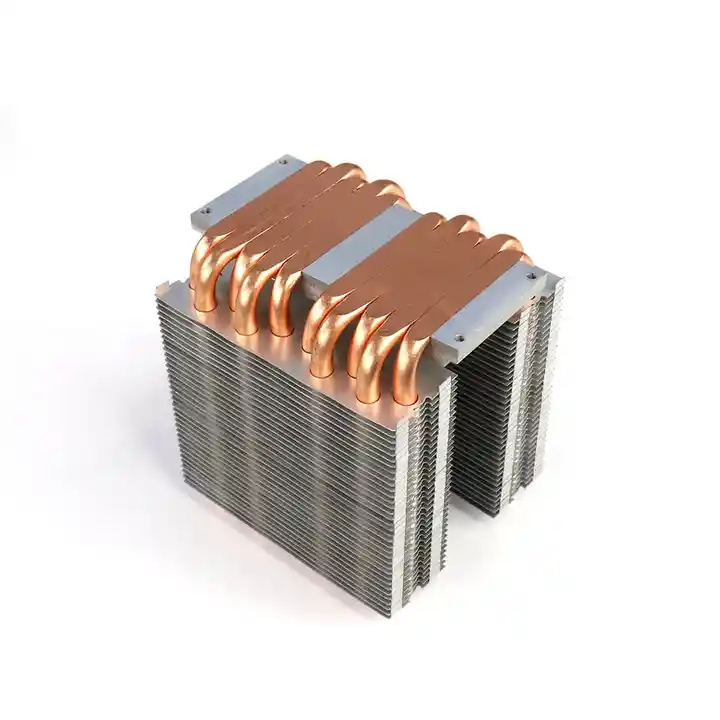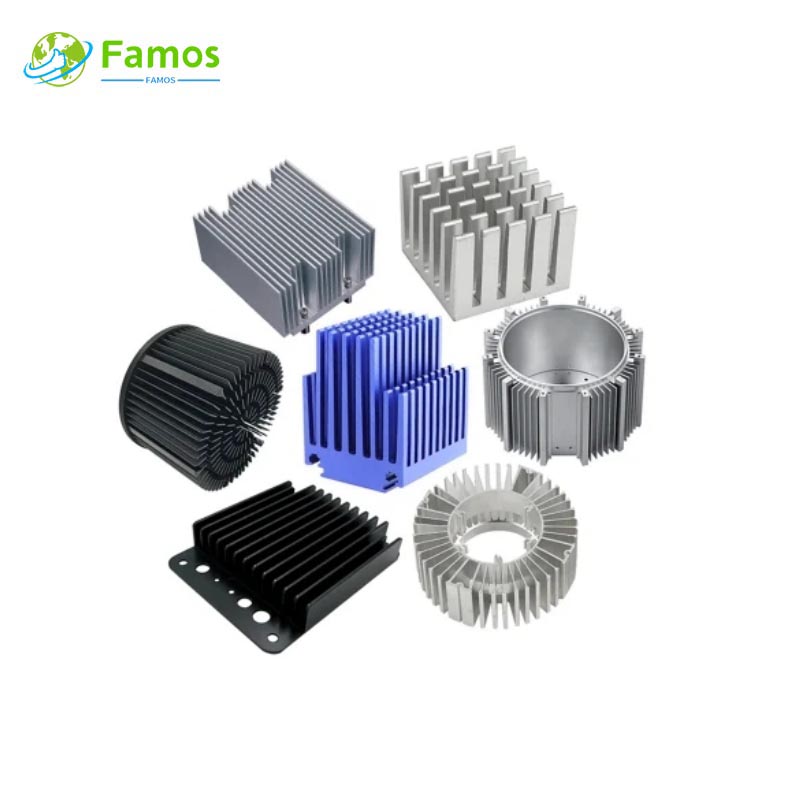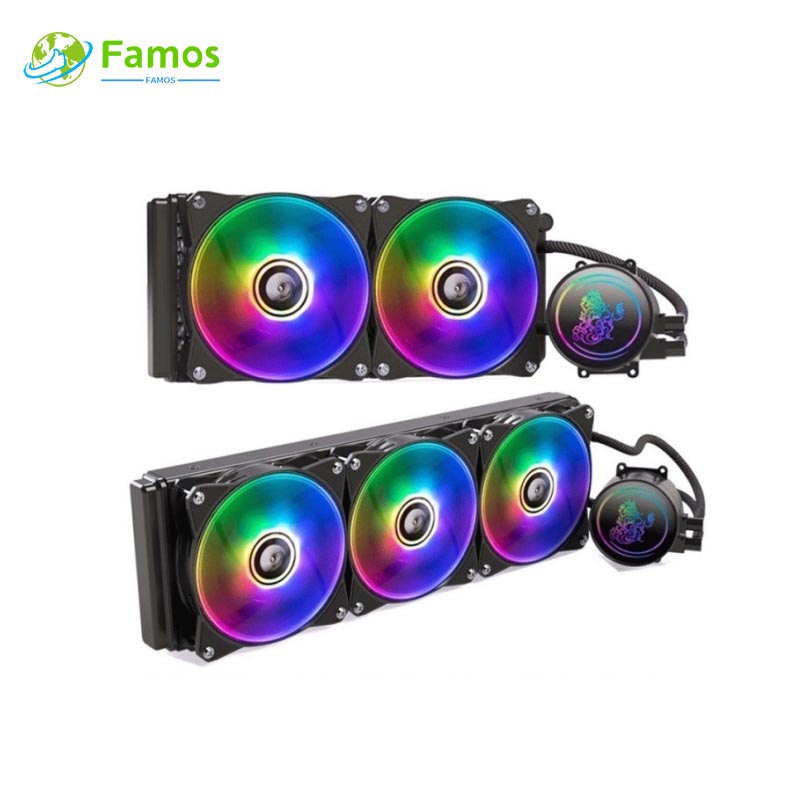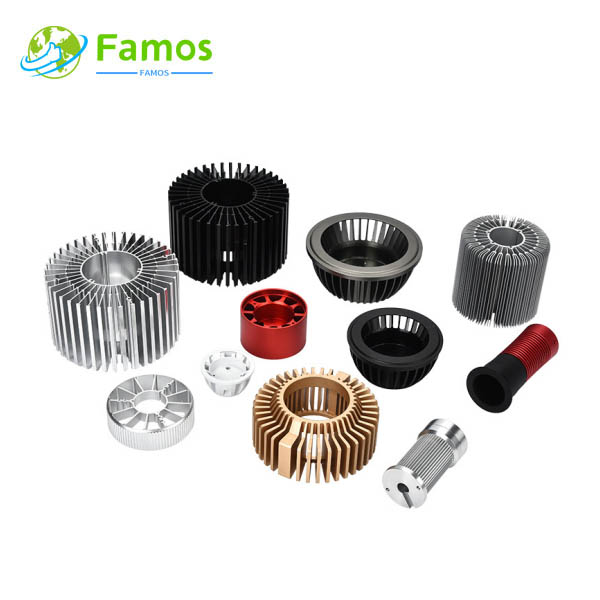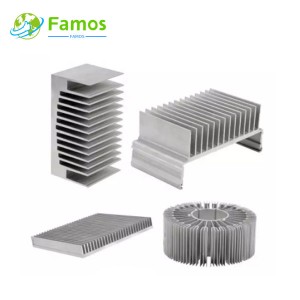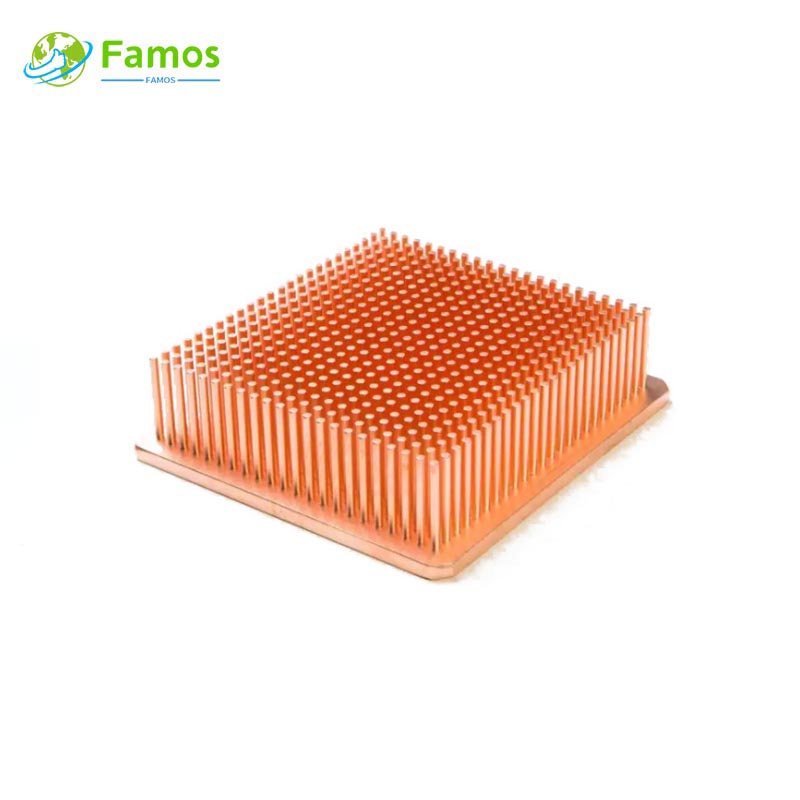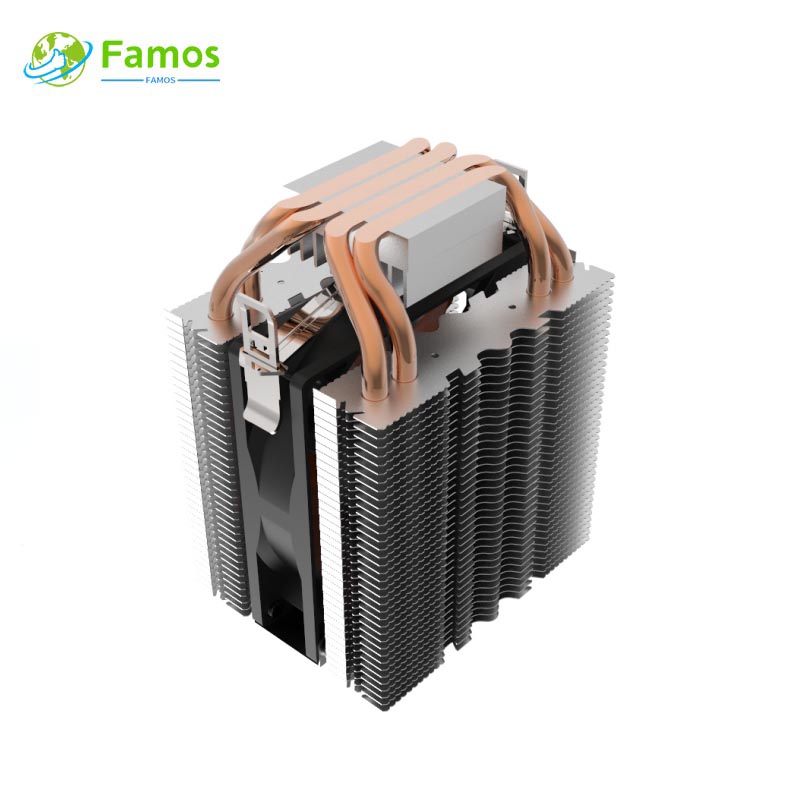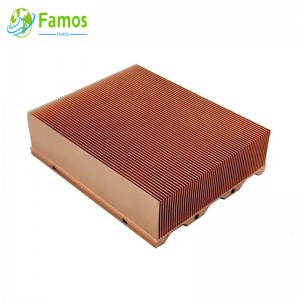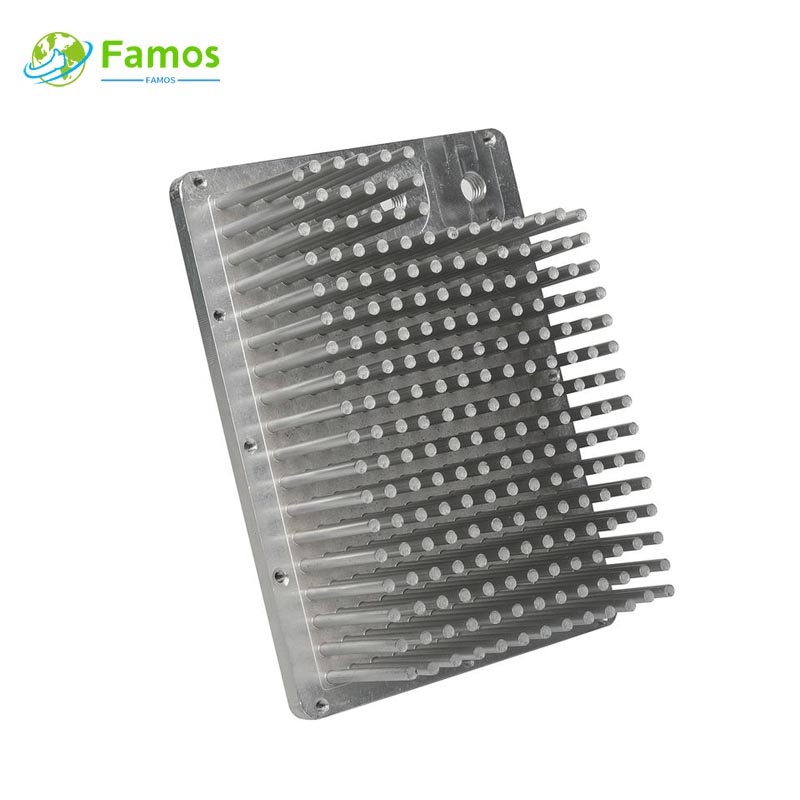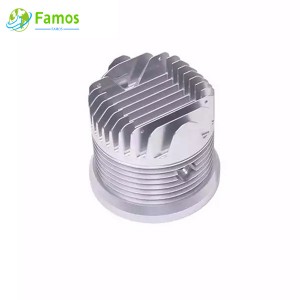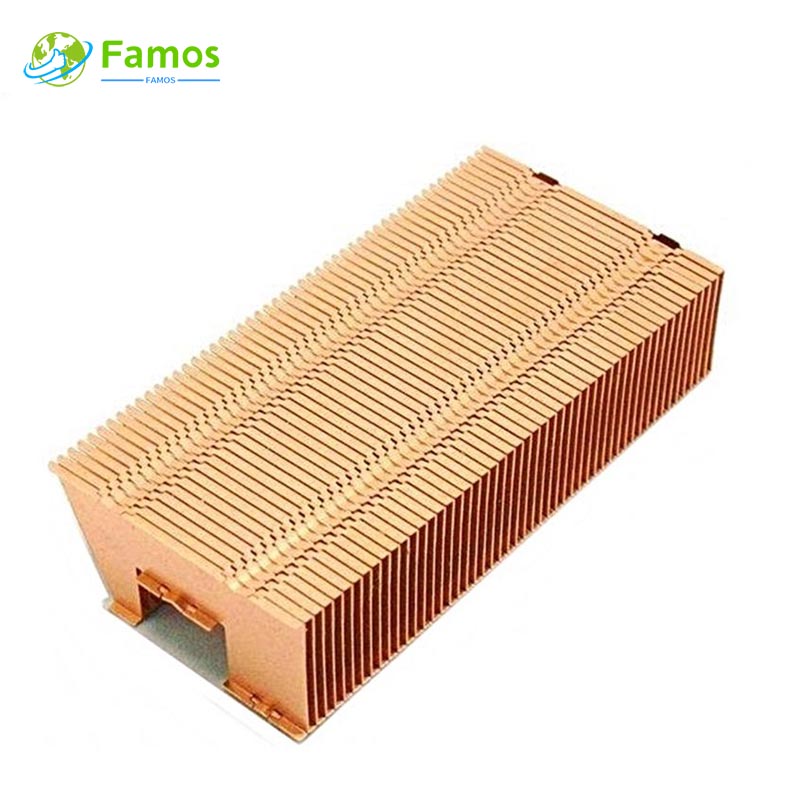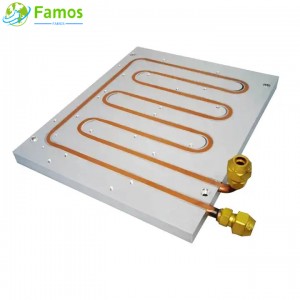Heatpipe heatsinks are an essential component in many electronic devices and systems to dissipate heat effectively. The manufacturing process of these heatsinks involves several intricate steps and technologies that allow for efficient heat transfer. In this article, we will delve into the details of the heatpipe heatsinks manufacturing process, exploring the different stages involved and the technologies utilized.
To understand the manufacturing process of heatpipe heatsinks, it is crucial to first comprehend what a heatpipe is. A heatpipe is a sealed copper or aluminum tube that contains a small quantity of working fluid, typically water, alcohol, or ammonia. It relies on the principles of phase change and capillary action to transfer heat efficiently from the heat source to the heatsink.
The first step in the manufacturing process of heatpipe heatsinks is the fabrication of heatpipes themselves. The material used is typically copper due to its excellent thermal conductivity. There are two primary methods employed for manufacturing heatpipes: the gravity method and the sintering method.
In the gravity method, a long, hollow copper pipe is filled with the chosen working fluid, leaving a small amount of space at the end for the vapor to occupy. The ends of the heatpipe are then sealed, and the pipe is evacuated to remove any air or impurities. The heatpipe is then heated at one end to induce the liquid to vaporize, creating pressure inside the tube. This pressure causes the vapor to flow towards the cooler end, where it condenses and returns to the original end by capillary action, perpetuating the cycle. The heatpipe is then tested for leaks and mechanical strength before proceeding to the next step.
The sintering method, on the other hand, involves compacting copper or aluminum powder into the desired shape of the heatpipe. This powder is then heated until it sinters together, forming a solid, porous structure. Next, the working fluid is added by either injecting it into the sintered structure or by immersing the heatpipe in the fluid to allow it to penetrate the porous material. Finally, the heatpipe is sealed, evacuated, and tested as mentioned in the gravity method.
Once the heatpipes are fabricated, they move on to the next stage of the manufacturing process, which involves attaching them to the heatsinks. The heatsink, usually made of aluminum or copper, is responsible for dissipating the heat transferred by the heatpipes. There are various methods employed to attach the heatpipes to the heatsink, including soldering, brazing, and thermal adhesive bonding.
Soldering is a commonly used method that involves applying solder paste to the contacting surfaces of the heatpipes and the heatsink. The heatpipes are then positioned onto the heatsink, and heat is applied to melt the solder, creating a strong bond between the two components. Brazing is a similar process to soldering but utilizes a higher temperature to melt the filler material that forms the bond between the heatpipes and the heatsink. Thermal adhesive bonding, on the other hand, involves using specialized adhesives with high thermal conductivity properties to attach the heatpipes to the heatsink. This method is particularly useful when working with complex-shaped heatsinks.
Once the heatpipes are securely attached to the heatsink, the assembly undergoes testing for thermal performance and mechanical integrity. These tests ensure that the heatpipes and heatsink are effectively transferring heat and can withstand the operational conditions they will be subjected to. If any issues or defects are detected during the testing, the assembly is sent back for rework or discarded, depending on the severity of the problem.
The final stage of the manufacturing process involves finishing and surface treatment of the heatpipe heatsinks. This step includes processes like polishing, anodizing, or coating the heatsink's surface to enhance its heat dissipation capabilities, improve corrosion resistance, or achieve an aesthetic finish. The choice of finish and surface treatment depends on the specific requirements and preferences of the application or customer.
In conclusion, the manufacturing process of heatpipe heatsinks is a complex and precise procedure that involves several crucial steps and technologies. From the fabrication of the heatpipes to attaching them to the heatsink and finishing the assembly, each stage plays a vital role in ensuring effective heat transfer and durability of the heatsink. As electronic devices and systems continue to evolve and demand higher thermal efficiency, the manufacturing process of heatpipe heatsinks will continue to advance, embracing new techniques and materials to meet the growing needs of the industry.
If You Are in Business, You May Like
Types of Heat Sink
In order to meet different heat dissipation requirements, our factory can produce different type heat sinks with many different process, such as below:
Post time: Jul-01-2023

